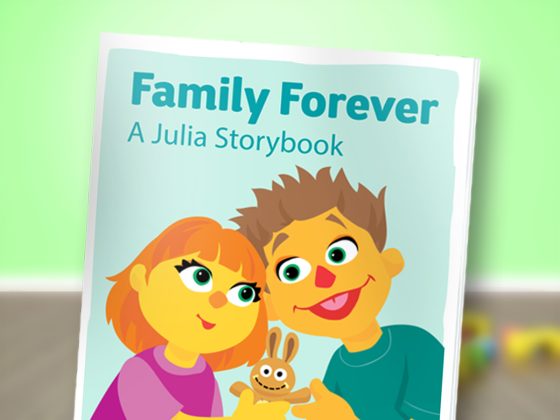
Family Forever: A Julia Storybook
A story celebrating the power of family…and friends!
As you share Julia’s story, consider highlighting ways to celebrate the importance of family and get the most from the story:
- Instead of reading the story from beginning to end without stopping, pause to answer—or ask—questions. Reread parts kids seem especially interested in, or challenge kids to act out parts of the story.
- As a family (or even as a class), make up a group cheer like Julia’s family has. Think of movements to go along with the cheer, and use it anytime the moment needs it.
- Sometimes Julia uses her “talker”—the device is her voice. Invite kids to think of ways to communicate without saying words out loud—for example, facial expressions, waving to say “hi,” or clapping to say “good job.”
You might also explore related information for kids with autistic siblings, such as this article, these printable pages, and this video.
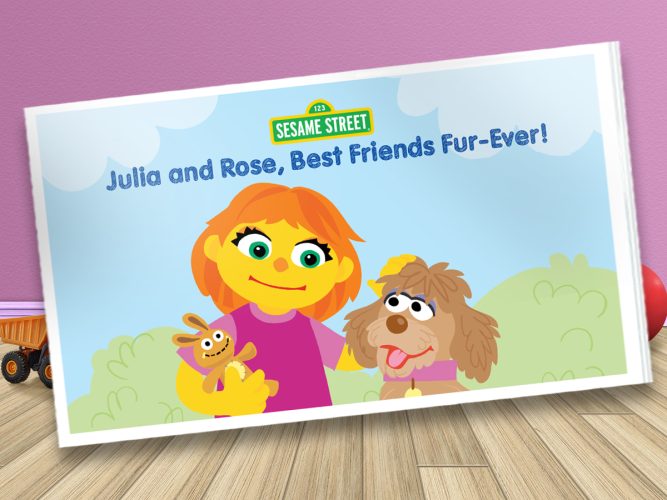
Julia and Rose – Best Friends Fur-Ever
When Sesame Street's Julia has an idea, she sees it through… with a little help from her family. This social storybook for autistic children models what’s possible!
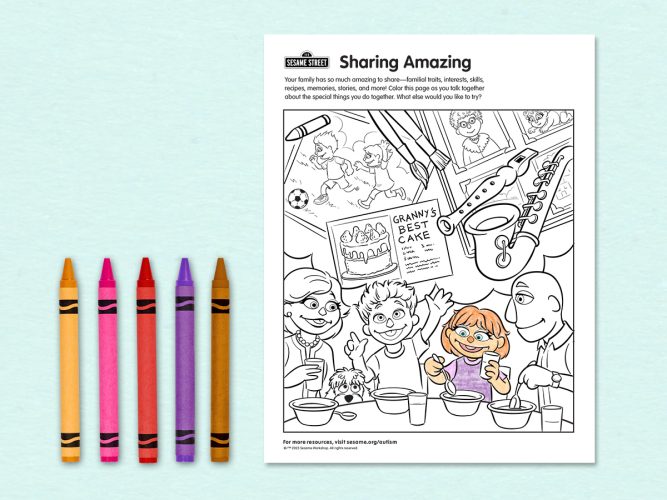
Sharing Amazing
An adult-child coloring page to spark ideas and connection.

Amazing to Me
When Julia and her family do a special art activity together, Julia finds a way to add her own amazing touch!
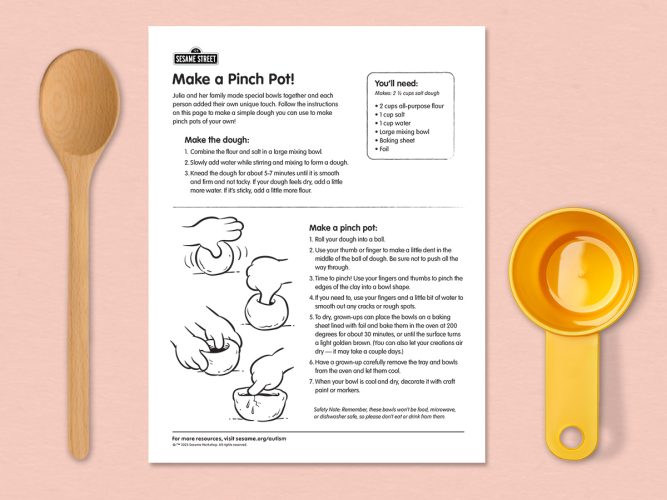
Make a Pinch Pot!
Simple craft instructions to help your family make pinch pots from homemade dough together.
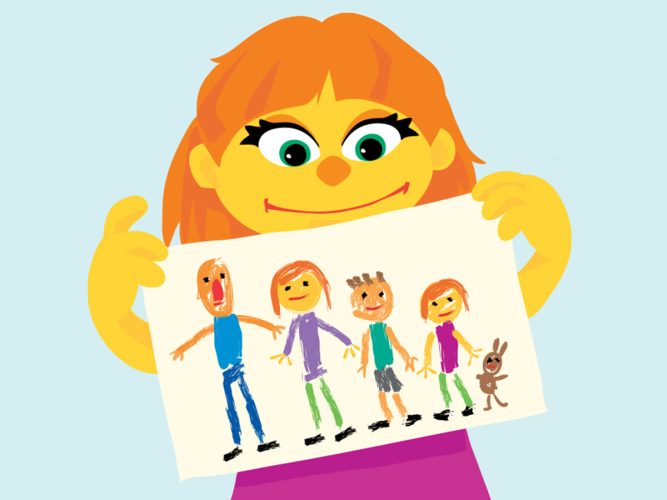
Autism and the Arts: A Conversation on Creativity and Community
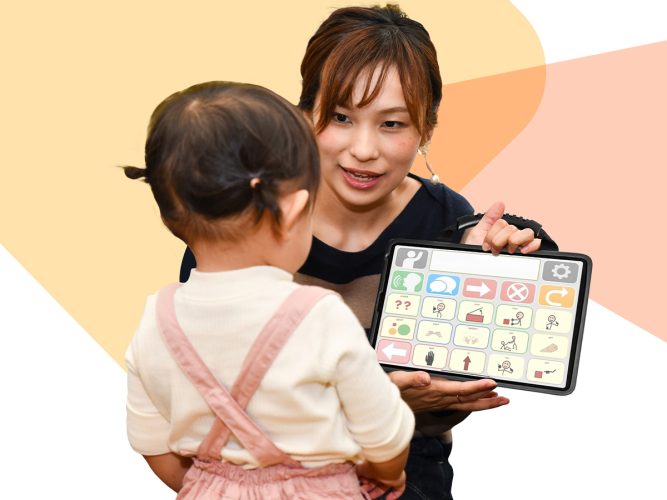
Exploring the Amazing in Autistic Children: A Conversation with Camille Proctor, Founder of The Color of Autism Foundation
An article to help parents discover and support their autistic child’s unique perspective and personality
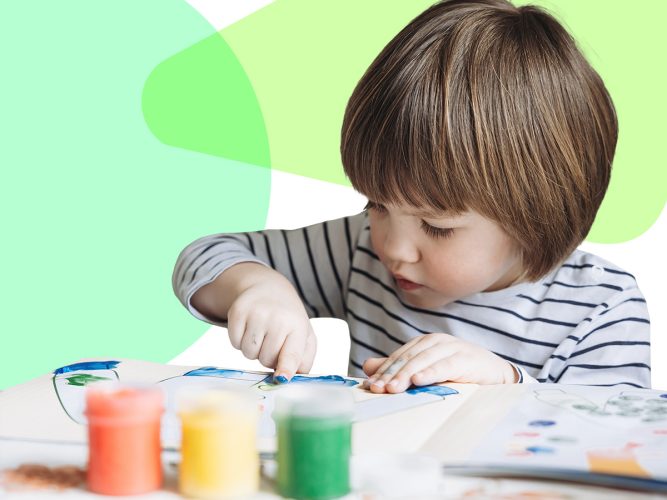
Creative, Talented, Amazing: A Conversation with Anna Wang, Co-founder of FCSN, about fostering autistic children’s talents
An article to help parents foster creative exploration and expression in their autistic child.
